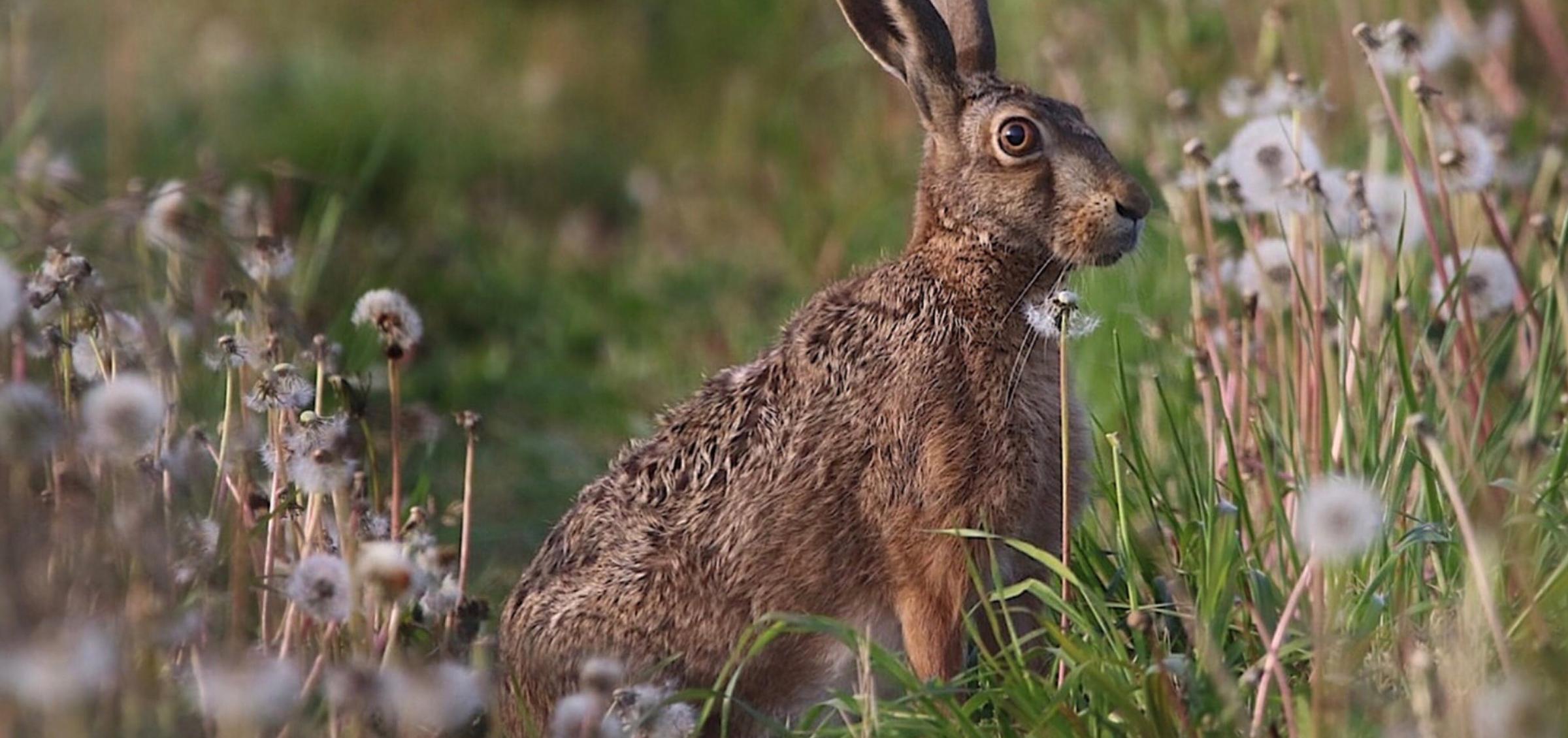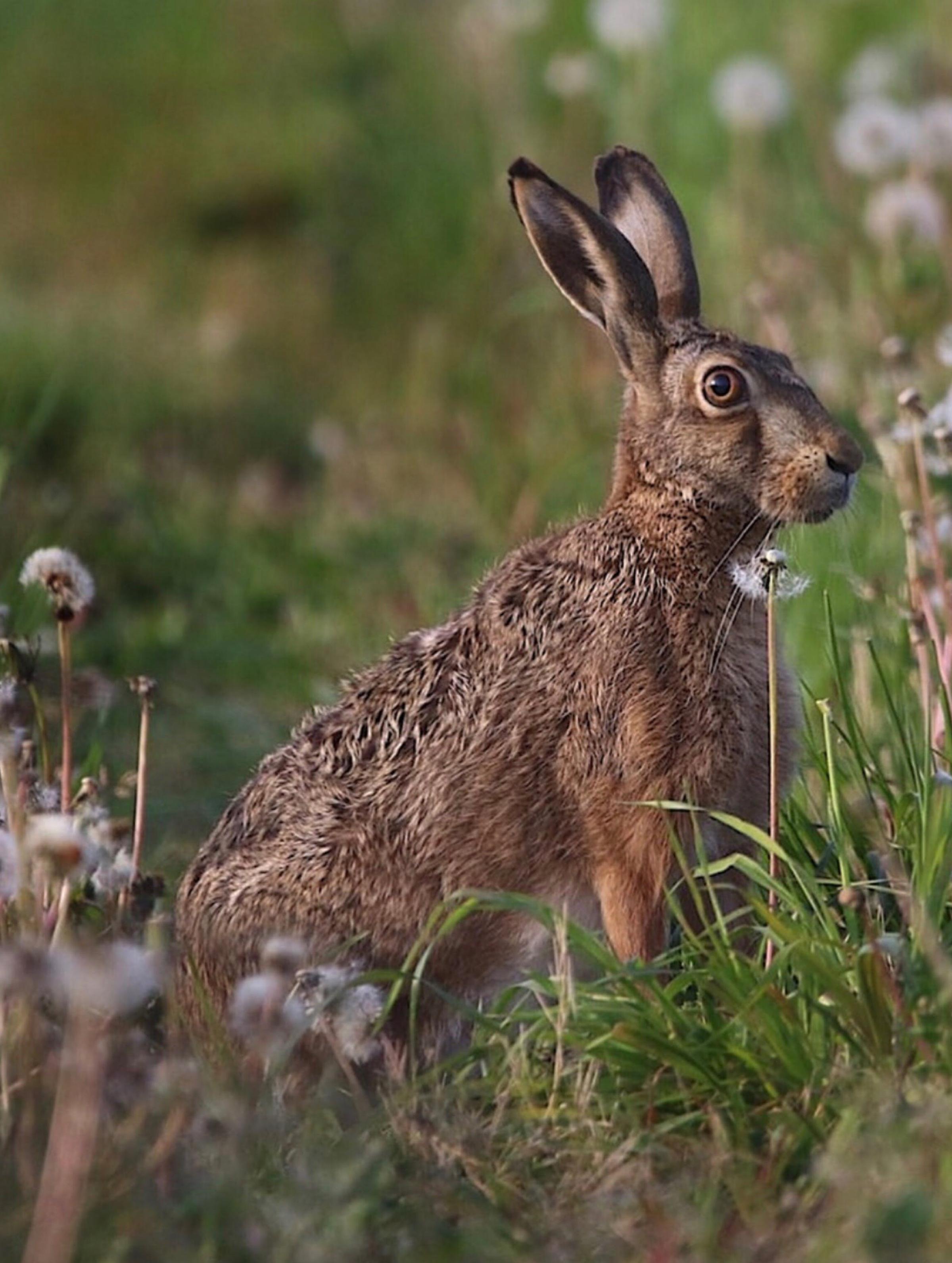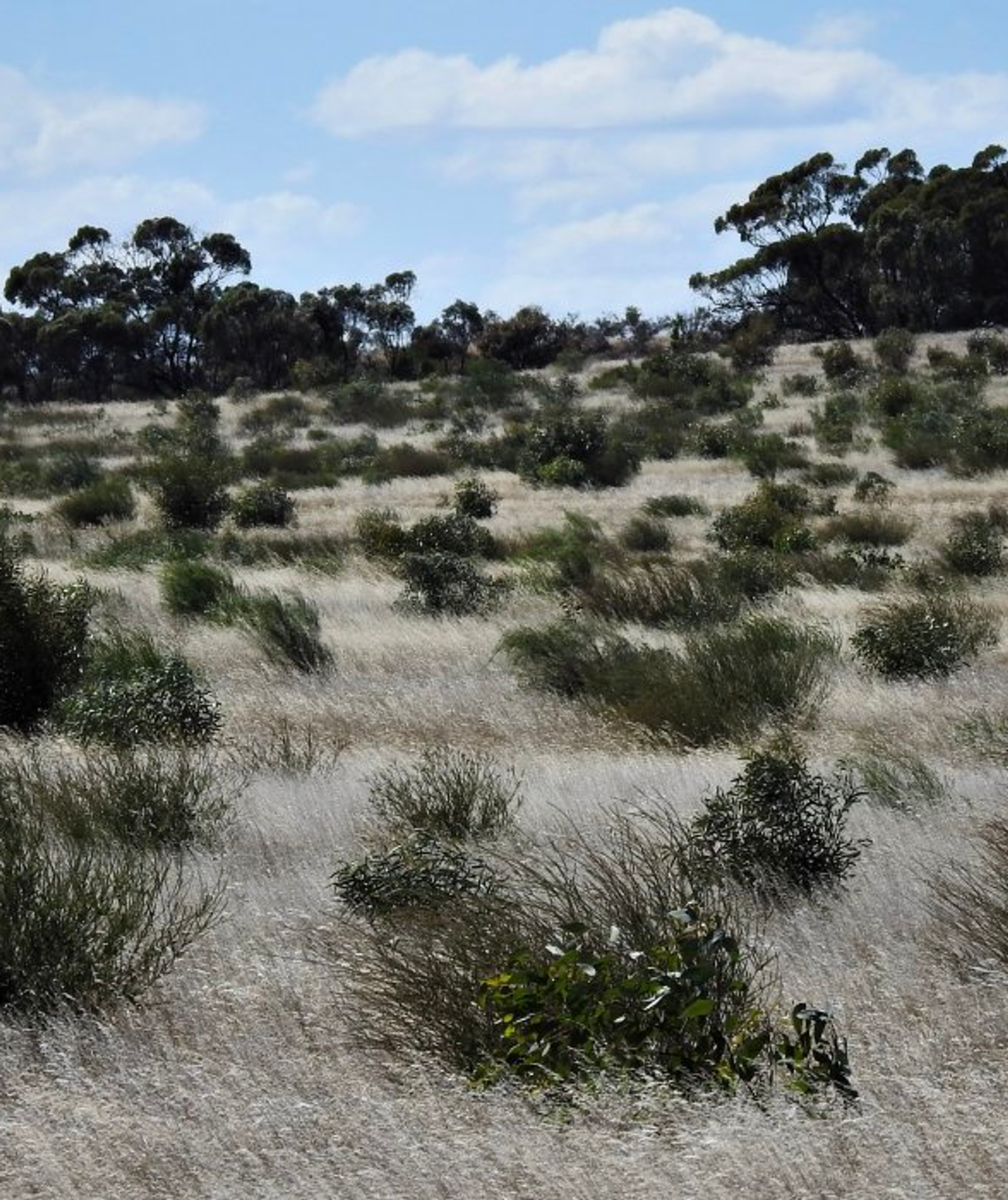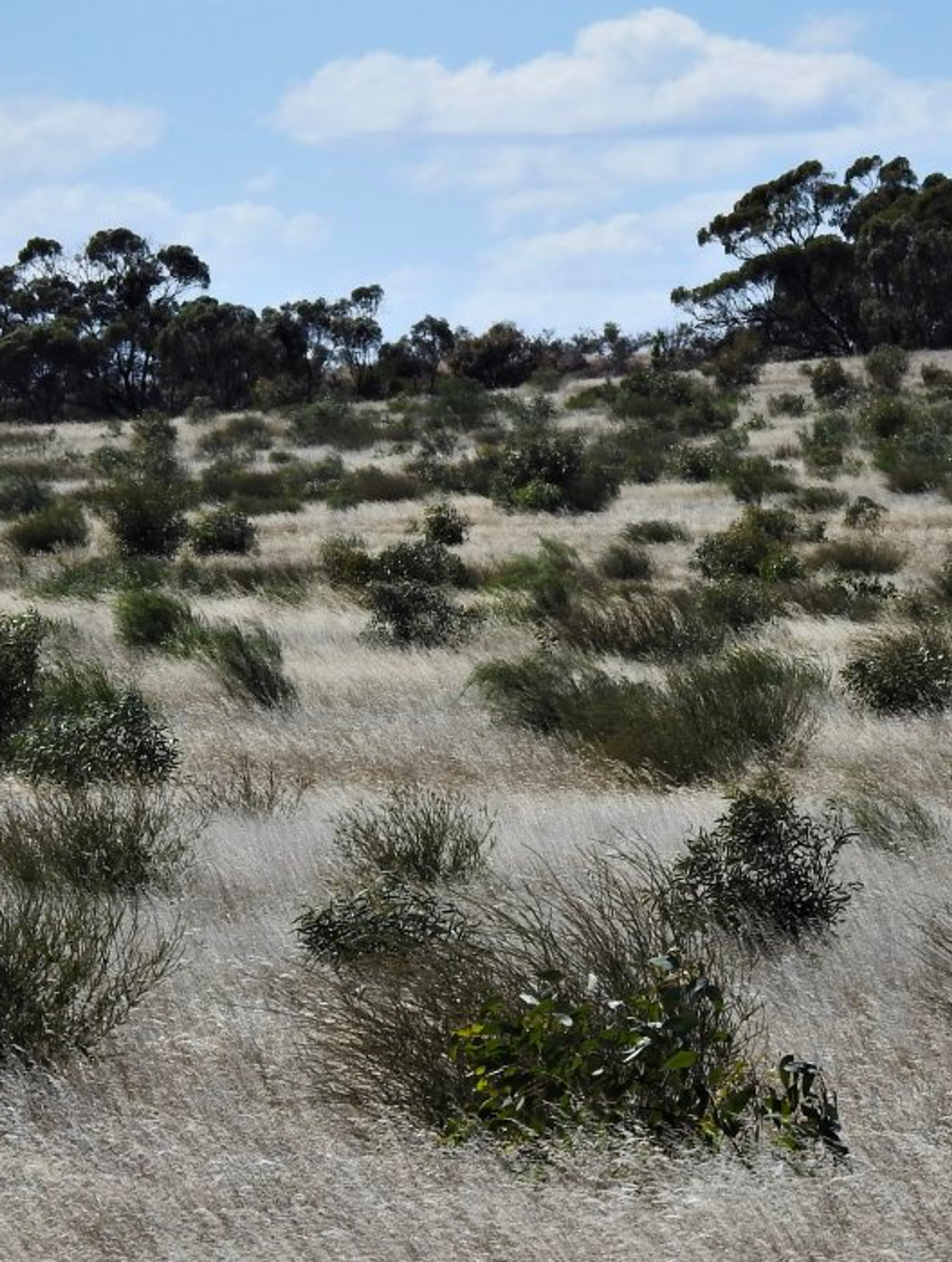All Our Updates
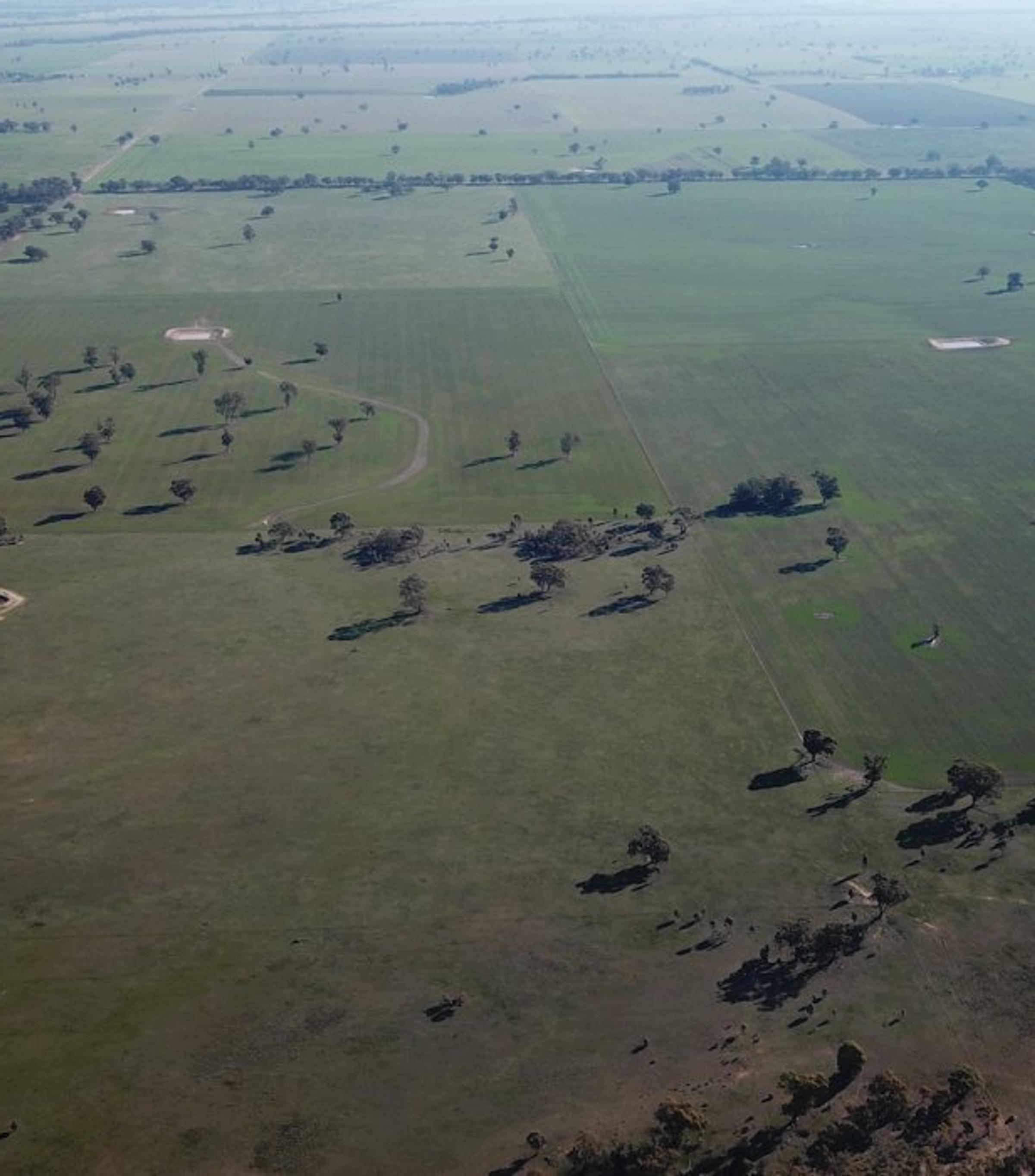
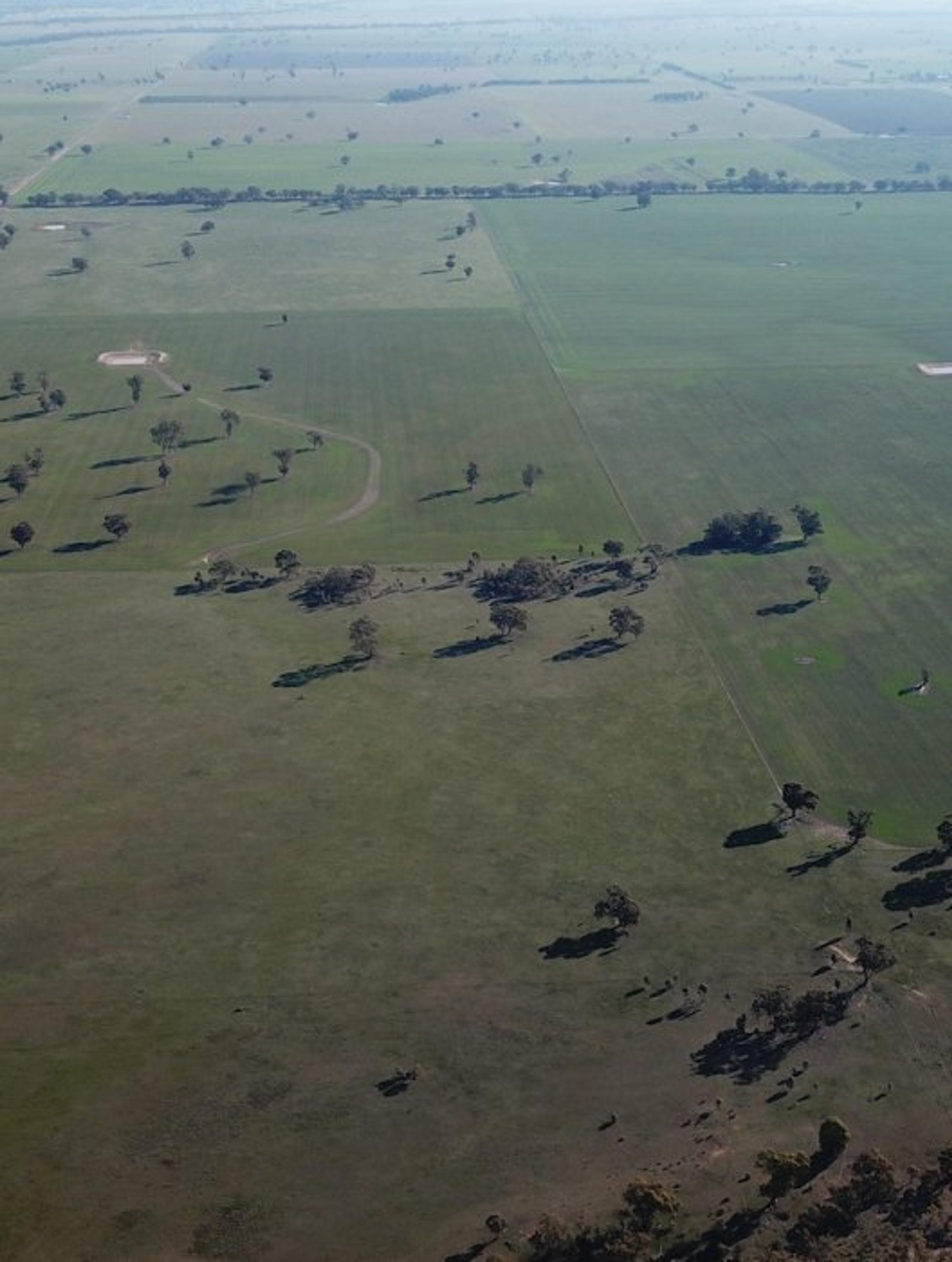
Degraded Land in Australia: Understanding the Impact and Solutions
In Australia, deforestation is particularly prevalent due to land-clearing for agricultural use, bui...In Australia, deforestation is particularly prevalent due to land-clearing for agricultural use, building infrastructure and wildfires and drought. In this blog, we dive into the different reasons for...
BushBank Program Launched in Victoria, Australia
Land Life partners with Cassinia Environmental to deliver on the BushBank program, an unprecedented...Land Life partners with Cassinia Environmental to deliver on the BushBank progra...


A Decade of Growth: Land Life's New Look
Land Life is celebrating a decade of our mission to restore 2 billion hectares of degraded land. To...Land Life is celebrating a decade of our mission to restore 2 billion hectares o...
The Benefits of Planting Trees
The biological definition of a tree is “a woody perennial plant, typically having a single stem or t...The biological definition of a tree is “a woody perennial plant, typically having a single stem or trunk growing to a considerable height and bearing lateral branches at some distance from the ground....
